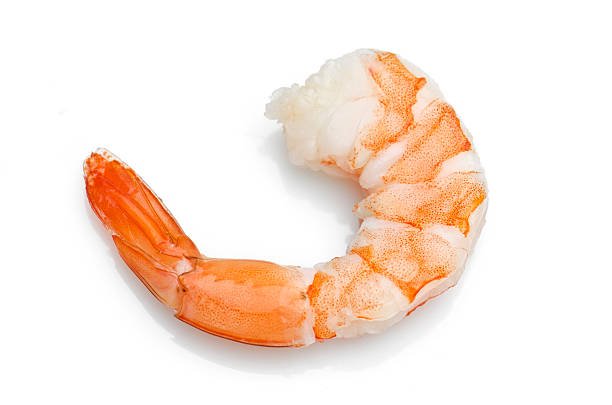With the arrival of summer, numerous individuals will be igniting their grills to savor a variety of foods, ranging from hot dogs to steaks. Unfortunately, individuals with seafood allergies often miss out on the opportunity to enjoy shrimp. However, an intriguing method highlighted in the Journal of Agricultural and Food Chemistry could potentially change that. Researchers have discovered that reverse-pressure sterilization can produce a less allergenic shrimp product, which, when tested on mice with sensitivities to crustaceans, did not induce severe reactions.
Among the most prevalent food allergens are dairy products, wheat, peanuts, and seafood. The immune system mistakenly identifies certain proteins in these foods as invaders and initiates a defensive response against them. In mild cases, this may result in discomfort or swelling, while severe cases can be life-threatening. However, proteins that trigger immune responses can undergo changes or degradation when exposed to heat, potentially preventing antibodies from recognizing them. This alteration may render the food safer for individuals with allergies.
Studies conducted on other shellfish, such as oysters, have yielded conflicting results regarding changes in allergenicity after cooking. Some studies indicate an increase in allergenicity following roasting, while others suggest a decrease. Therefore, Na Sun and colleagues aimed to investigate the alterations in shrimp allergens during post-processing and explore the possibility of developing a more hypoallergenic product.
The research team divided samples of shrimp (Penaeus vannamei) into three groups. The first group remained raw, the second group was roasted, and the third group underwent reverse-pressure sterilization after roasting. Each group was then mashed into pastes and administered separately to mice with shrimp allergies.
In conclusion, this innovative research offers promising prospects for reducing the allergenicity of shrimp through reverse-pressure sterilization. Further studies and potential human trials will be necessary to confirm the efficacy and safety of this approach, potentially allowing individuals with shrimp allergies to enjoy this delectable seafood.
The outcomes of the study revealed that both the raw and roasted shrimp provoked similar reactions in the mice, leading to elevated levels of histamine and damage to the spleens and lungs. These findings suggested that roasting alone had minimal effect on altering the properties of the proteins. Conversely, the third group, which underwent reverse-pressure sterilization following roasting, exhibited milder reactions and less organ damage.
Upon closer examination of the shrimp samples’ allergenic proteins, the researchers discovered that roasting induced changes in the protein structure, albeit the binding sites remained accessible for antibodies to attach. However, the reverse-pressure sterilization process caused the proteins to aggregate, effectively concealing the binding sites. This hindered the antibodies from attaching to the proteins, thereby preventing severe allergic reactions.
The researchers assert that this method proved successful in significantly reducing the allergenicity of shrimp in an efficient manner. Moreover, it shed light on the distinctive changes in protein configuration that contribute to the reduction of allergenicity.
Source: American Chemical Society
